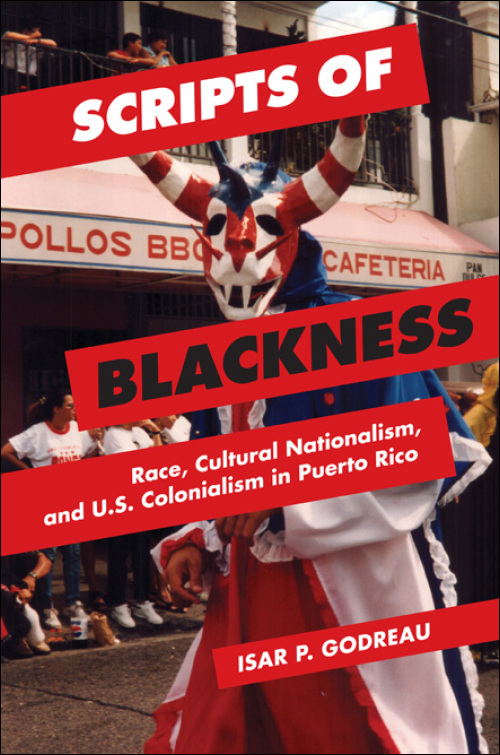Remixing Reggaetón: The Cultural Politics of Race in Puerto RicoPosted in Anthropology, Books, Caribbean/Latin America, Latino Studies, Literary/Artistic Criticism, Media Archive, Monographs, United States on 2015-09-16 21:13Z by Steven |
Remixing Reggaetón: The Cultural Politics of Race in Puerto Rico
Duke University Press
2015
240 pages
11 illustrations
Cloth ISBN: 978-0-8223-5945-6
Paperback ISBN: 978-0-8223-5945-6
Petra R. Rivera-Rideau, Assistant Professor of Africana Studies
Virginia Polytechnic Institute and State University
Puerto Rico is often depicted as a “racial democracy” in which a history of race mixture has produced a racially harmonious society. In Remixing Reggaetón, Petra R. Rivera-Rideau shows how reggaetón musicians critique racial democracy’s privileging of whiteness and concealment of racism by expressing identities that center blackness and African diasporic belonging. Stars such as as Tego Calderón criticize the Puerto Rican mainstream’s tendency to praise black culture but neglecting and marginalizing the island’s black population, while Ivy Queen, the genre’s most visible woman, disrupts the associations between whiteness and respectability that support official discourses of racial democracy. From censorship campaigns on the island that sought to devalue reggaetón, to its subsequent mass marketing to U.S. Latino listeners, Rivera-Rideau traces reggaetón’s origins and its transformation from the music of San Juan’s slums into a global pop phenomenon. Reggaetón, she demonstrates, provides a language to speak about the black presence in Puerto Rico and a way to build links between the island and the African diaspora.
Table of Contents
- Acknowledgments
- Introduction. Reggaetón Takes Its Place
- 1. Iron Fist against Rap
- 2. The Perils of Perreo
- 3. Loíza
- 4. Fingernails con Feeling
- 5. Enter the Hurbans
- Conclusion. Reggaetón’s Limits, Possibilities, and Futures
- Notes
- Bibliography
- Index




